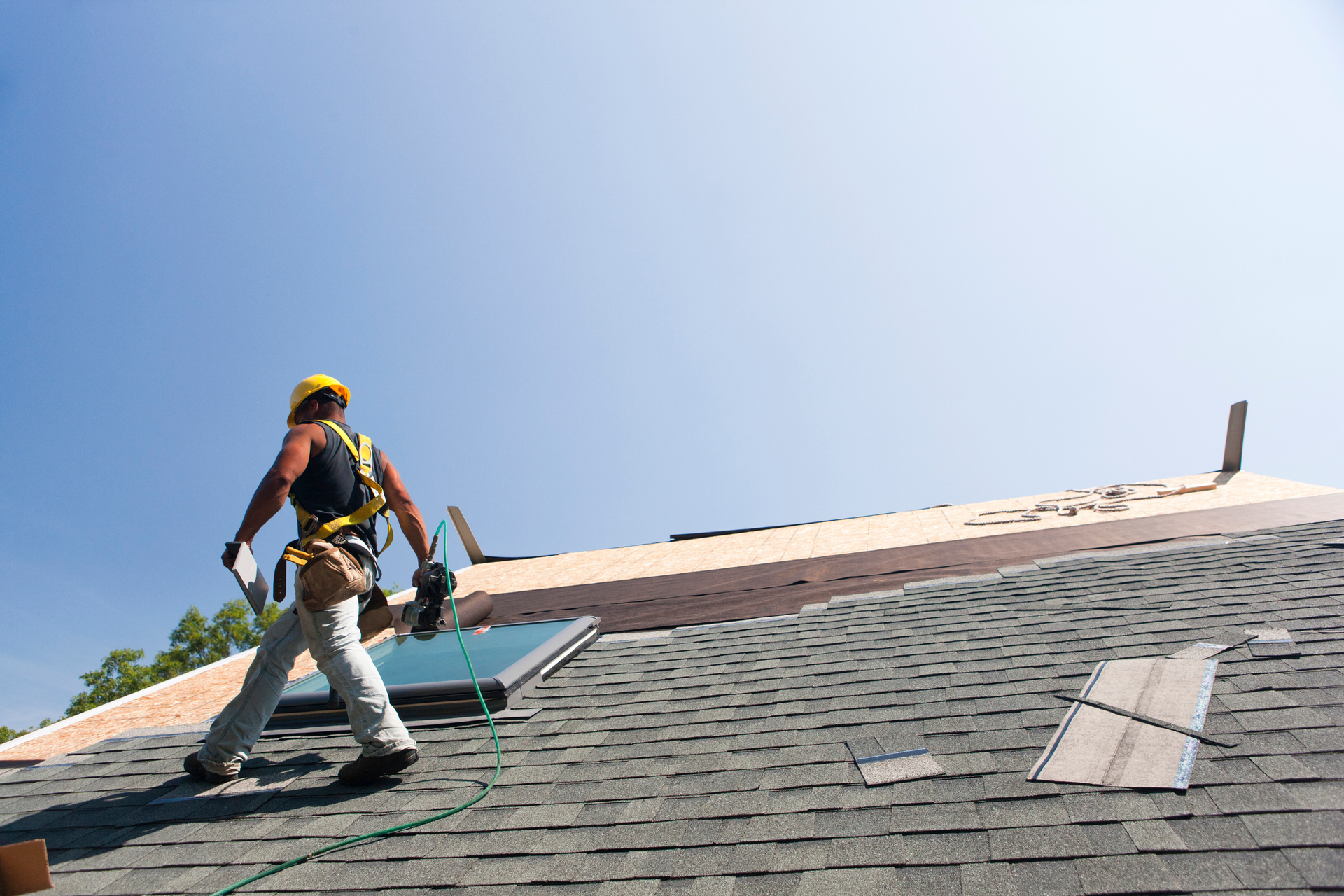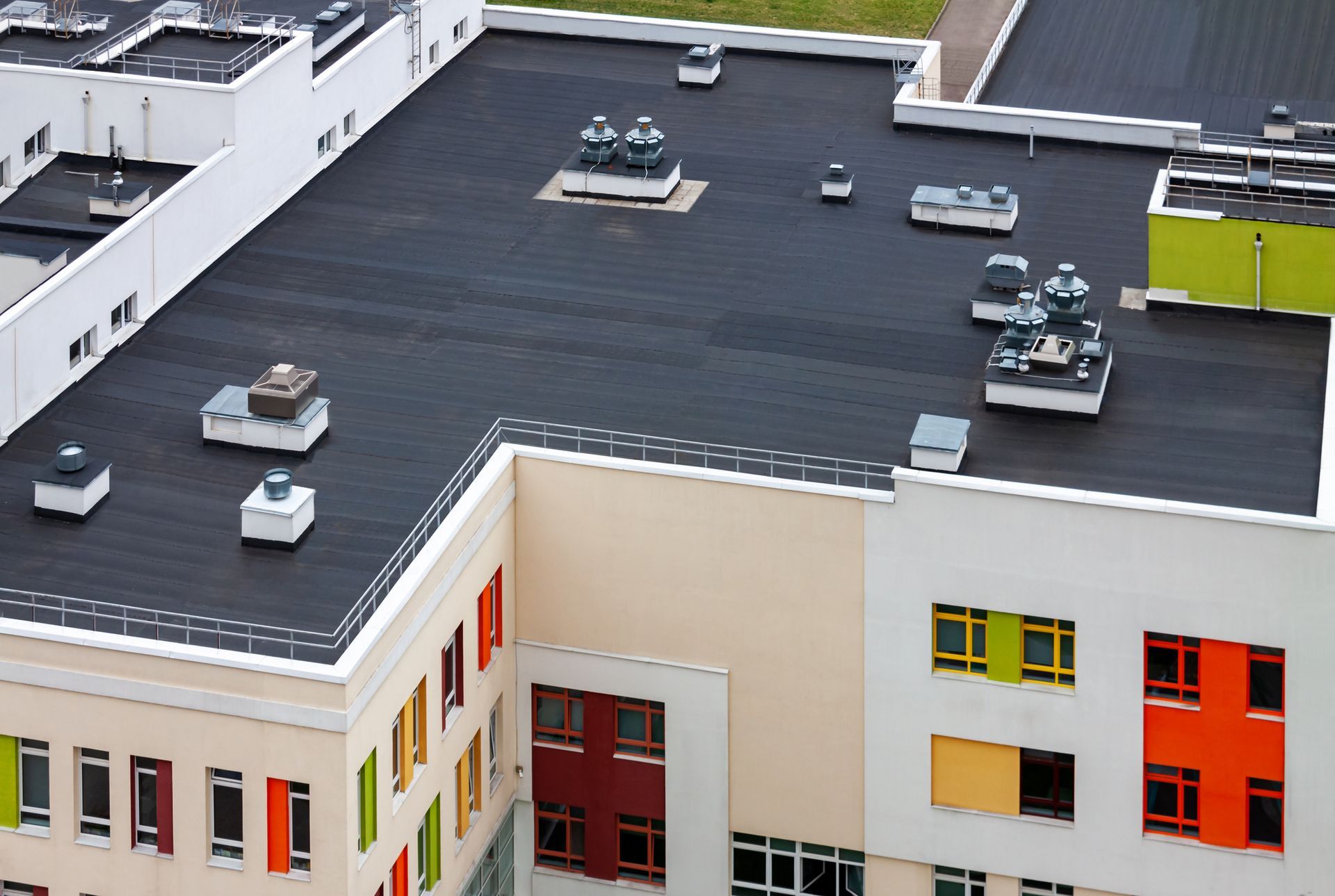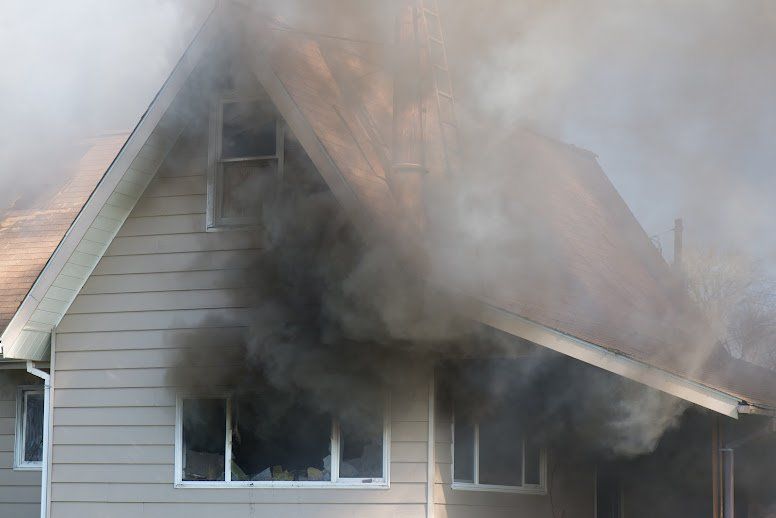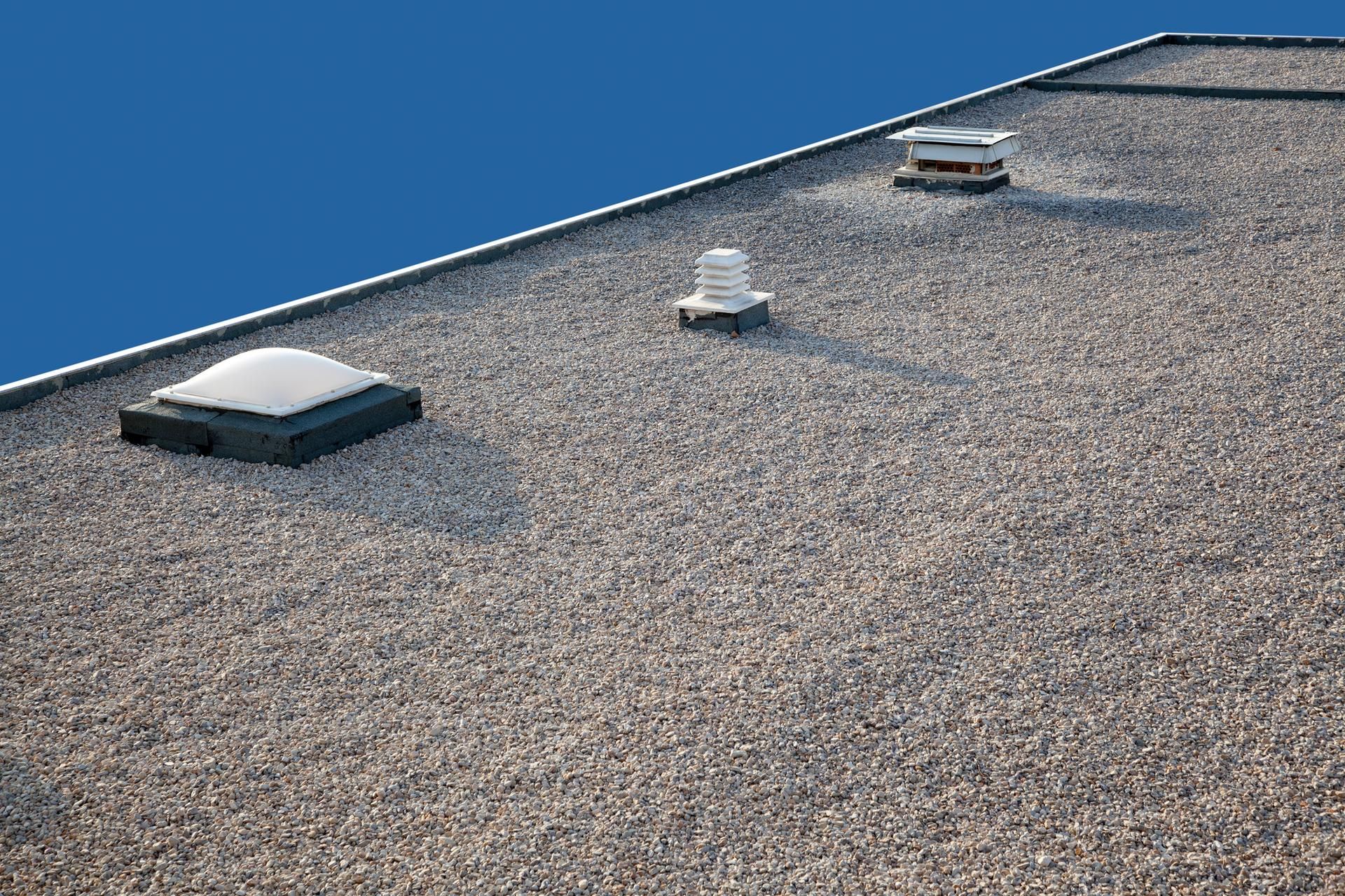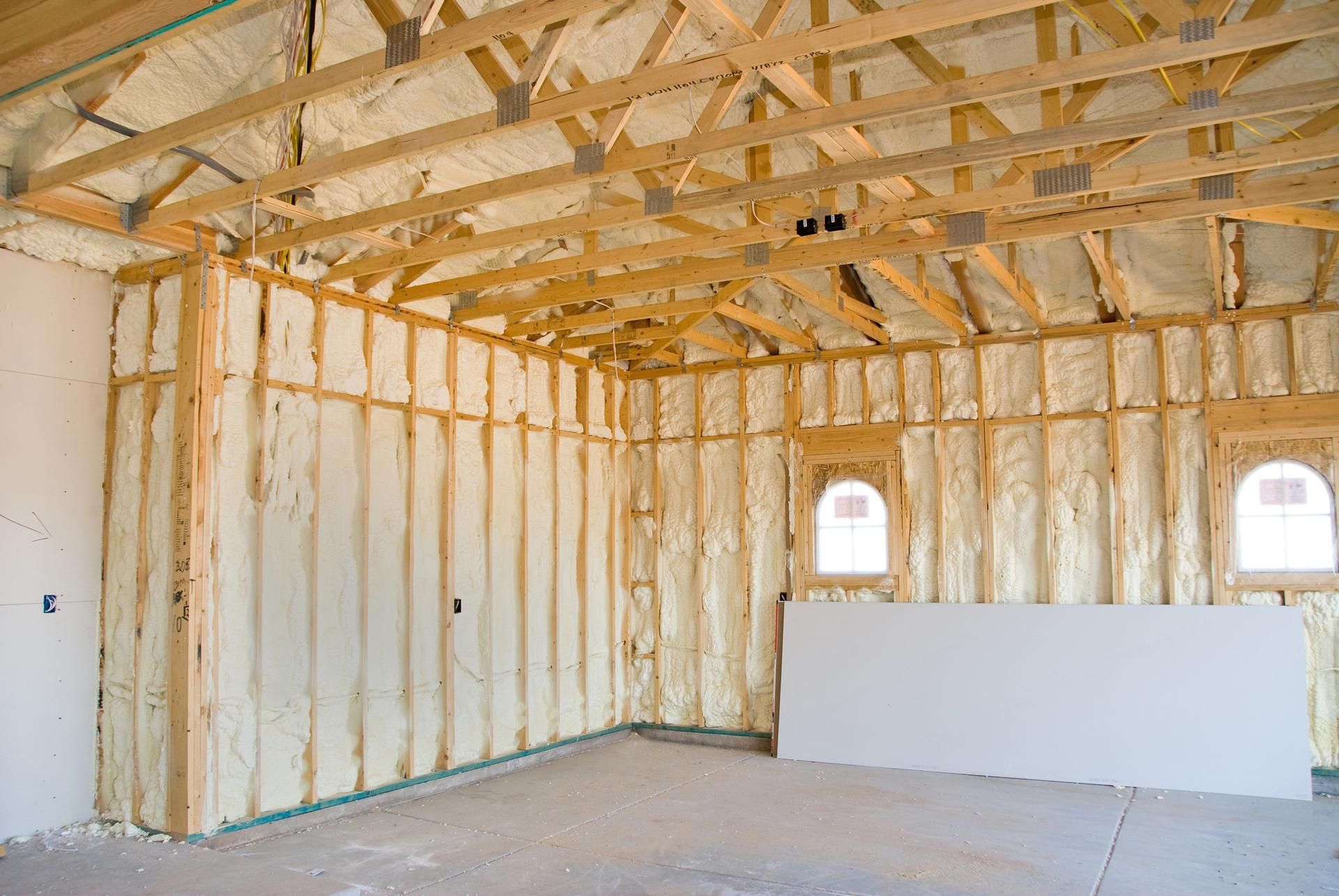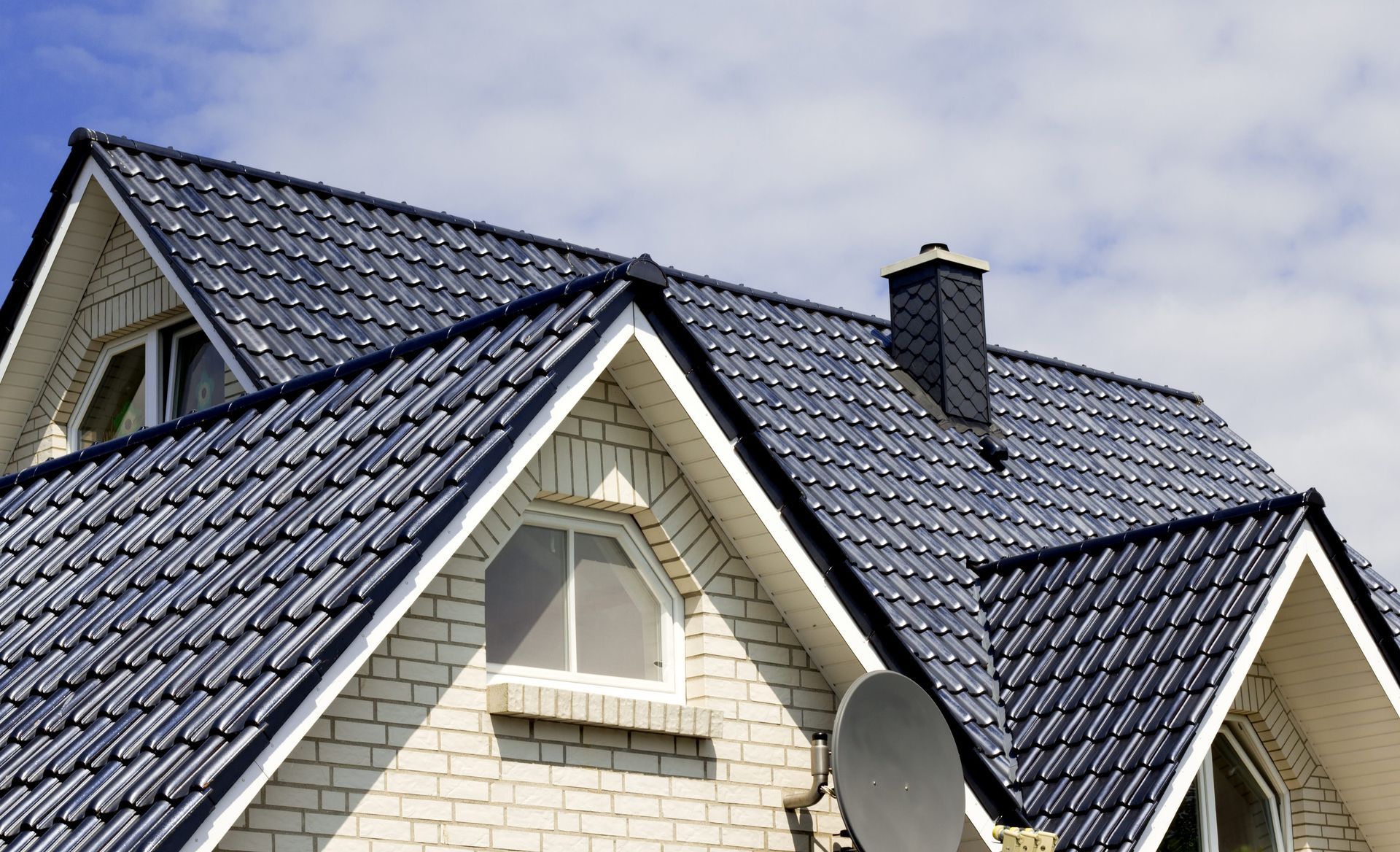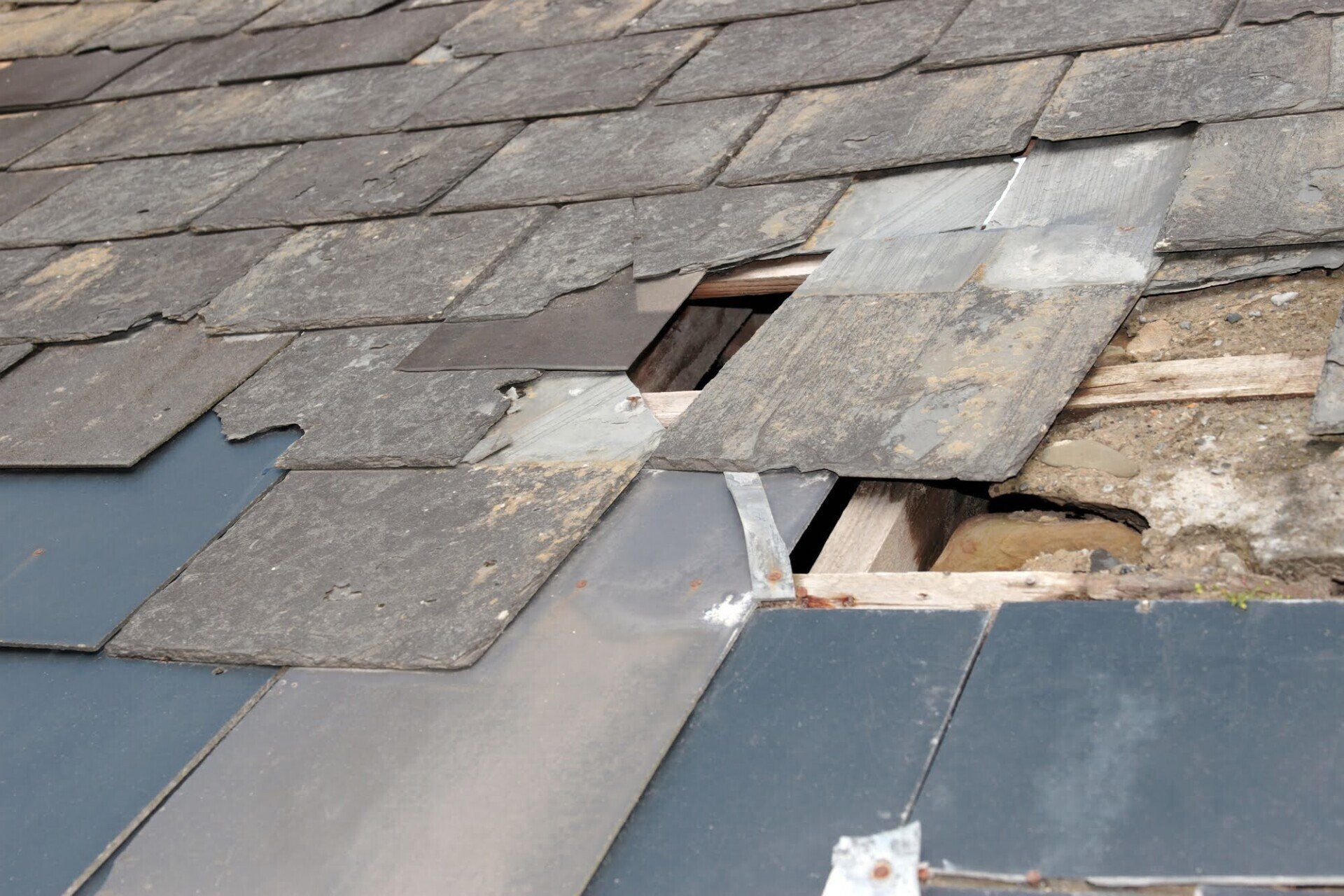4 Things Business Owners Should Know About EPDM Roofing
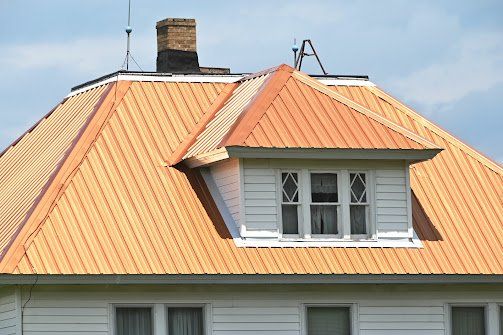
If you own or manage a commercial building, you want to ensure that this structure does its job for your organization as effectively as possible. In addition to investing in the proper plumbing, electrical, and pest control, you may also want to consider installing an advanced type of roofing known as EPDM roofing.
Once you've developed a basic understanding of EPDM roofing, you may find its combination of cost-effectiveness, energy efficiency, and ease of maintenance compelling enough to have this material installed on your own commercial building. Take a look at four key points to keep in mind about EPDM roofing.
1. EPDM Roofing Installs Quickly and Easily
If you want a roofing material that can go onto your new facility with a minimum of muss and fuss, EPDM (short for ethylene propylene diene terpolymer) deserves serious consideration. In many cases, roofers can even install an EPDM roof right on top of an existing roof after first cleaning and preparing the original roof surface.
EPDM comes in large sheets, which your roofer will unroll so that a little extra material hands over the roof's edges and the neighboring sheets. Your roofer will then trim the EPDM sheets to an exact fit before applying them to the roof surface and pressing down on them until it adheres with no wrinkles or bubbles.
Not all EPDM roofs require permanent adhesion to the underlying surface. If you choose ballasted roof installation, your roofer will simply place concrete or gravel on the EPDM, allowing gravity to hold it in place.
2. EPDM Roofing Can Boost Your Building's Energy Efficiency
EPDM roofing can help you spend less money keeping your facility cool on those sunny California days. White EPDM reflects a significant amount of radiant energy that might otherwise penetrate your building, forcing you to run your air conditioner more heavily. Its breathable nature also helps prevent moisture and heat retention.
EPDM can help businesses in other, colder parts of the country as well. Although California facilities will get more energy efficiency out of white, fully adhered EPDM roofing, facility owners in other regions can use black, ballasted EPDM to help their buildings retain warmth during the coldest months.
3. EPDM Can Provide Durability and Long Service
If you think a rubber membrane roof can't withstand the elements as well as more solid materials, think again. Studies have shown that an EPDM roof can do its job quite well for at least 30 years. In fact, refinements in recent years now enable EPDM roofing to provide up to 50 years of reliable service.
Although EPDM roofing tends to require less upkeep than some other roofing materials, you shouldn't just ignore it throughout its rated lifespan if you want it to achieve that lifespan. Periodic roof inspections can help you catch any little problems that might compromise the roof's effectiveness and/or grow worse over time.
4. EPDM Roofing Can Often Accept Repairs and Upgrades
Even with its reputation for durability and easy care, EPDM roofing (like other forms of commercial roofing) can eventually develop issues that compromise its performance. The seams or flashing may fail, the membrane may shrink away from its attachment points, or protrusions from pipes or vents can invite water damage.
Fortunately, you can often repair failing sections of an EPDM roof rather than replacing the roof altogether. For instance, your roofer may apply a silicone coating to patch breaches in the membrane, making your roof water-resistant once again. However, more severe issues may call for the replacement of the roof membrane.
All American Roofing Incorporated offers EPDM roofing alongside its many other roofing materials and strategies for all kinds of commercial structures. If you want to take advantage of this remarkable roofing option for your facility, contact us to learn more and request a quote.


